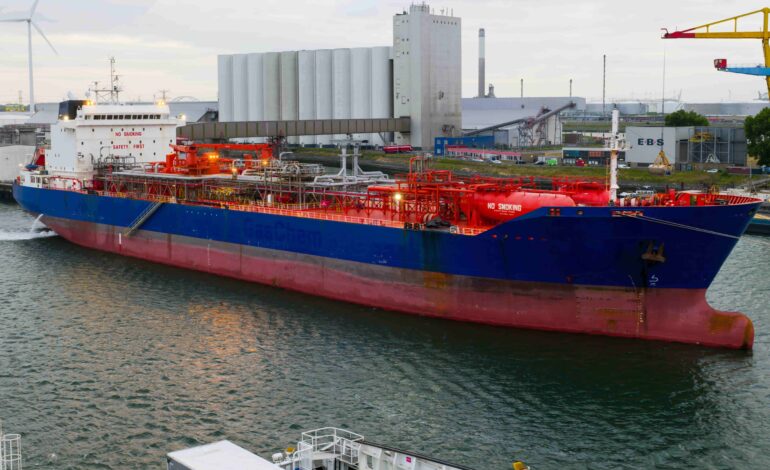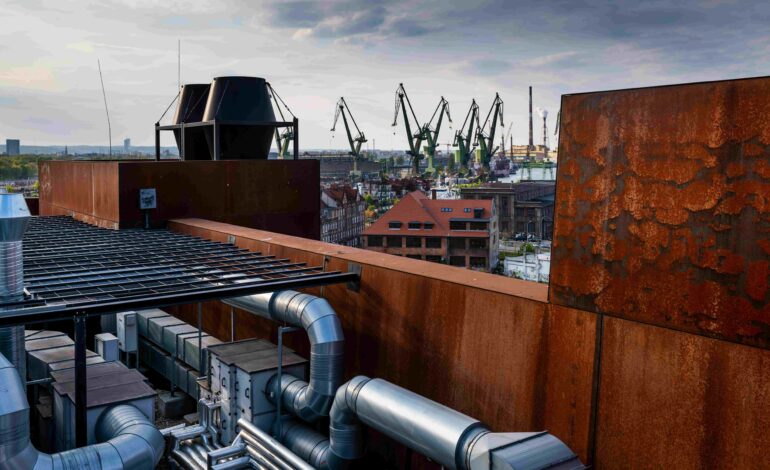
The Success of LNG-Powered Vessels
In the maritime sector’s pursuit of sustainable and efficient fuel alternatives, LNG (Liquefied Natural Gas) has emerged as a leading contender, offering significant environmental and operational advantages. This article explores the achievements of LNG-powered vessels, highlighting key factors driving their adoption, operational efficiencies, and transformative impact on global shipping.
Environmental Benefits
LNG-powered vessels are widely acclaimed for their substantial environmental advantages. Compared to traditional bunker fuels like heavy fuel oil (HFO), LNG emits significantly lower levels of sulfur oxides (SOx), nitrogen oxides (NOx), and particulate matter. It can reduce sulfur emissions by up to 99% and nitrogen oxide emissions by up to 85% compared to HFO, making it a preferred choice for meeting stringent international environmental regulations set by bodies such as the International Maritime Organization (IMO).
Operational Efficiency
A primary driver of the success of LNG-powered vessels lies in their superior operational efficiency. LNG’s cleaner combustion enhances engine performance and reliability, leading to reduced fuel consumption and lower operational costs over the vessel’s lifespan. This efficiency translates into extended operational ranges and fewer refueling stops, optimizing voyage planning and enhancing fleet flexibility.
Cost-Effectiveness
Despite higher initial investment costs associated with LNG infrastructure and vessel retrofitting, LNG offers compelling long-term cost benefits. Lower fuel consumption and reduced maintenance expenses contribute to overall operational savings. Moreover, LNG prices exhibit greater stability and less volatility compared to conventional oil-based fuels, providing shipping companies with more predictable fuel expenditure planning.
Infrastructure Development
The success of LNG-powered vessels is bolstered by the expanding global infrastructure for LNG bunkering. Major ports and key shipping routes are increasingly equipped with LNG bunkering facilities, facilitating efficient refueling operations for LNG-fueled ships. This infrastructure expansion supports scalability and broader adoption of LNG as a marine fuel, encouraging more shipping companies to invest in LNG-powered fleets.
Regulatory Compliance
Stringent environmental regulations, such as the IMO’s sulfur emissions cap and emission control areas (ECAs), are pivotal in driving the uptake of LNG-powered vessels. By significantly reducing emissions of sulfur oxides and other pollutants, LNG helps ship operators comply with international and regional emission standards without the need for costly exhaust gas cleaning systems (scrubbers).
Case Studies and Industry Adoption
Successful case studies underscore the effectiveness of LNG-powered vessels in real-world maritime operations. Leading container shipping companies like CMA CGM and Hapag-Lloyd have integrated LNG-powered vessels into their fleets to achieve emissions reductions and operational efficiencies. These examples highlight LNG’s viability as a sustainable marine fuel solution.
Challenges and Future Prospects
Despite its achievements, widespread adoption of LNG faces challenges such as infrastructure costs, regulatory uncertainties, and the need for ongoing technological advancements. However, continuous progress in LNG storage and propulsion technologies, coupled with supportive regulatory frameworks, is expected to further enhance LNG-powered vessels’ attractiveness and competitiveness in the global shipping industry.
Conclusion
The success of LNG-powered vessels represents a significant milestone in the maritime industry’s transition towards sustainability and environmental stewardship. With profound environmental benefits, operational efficiencies, and growing infrastructure support, LNG continues to play a crucial role in shaping the future of maritime transportation. As global regulations tighten and sustainability goals become more ambitious, LNG remains pivotal in the industry’s efforts to reduce emissions and ensure cleaner marine environments for future generations.





